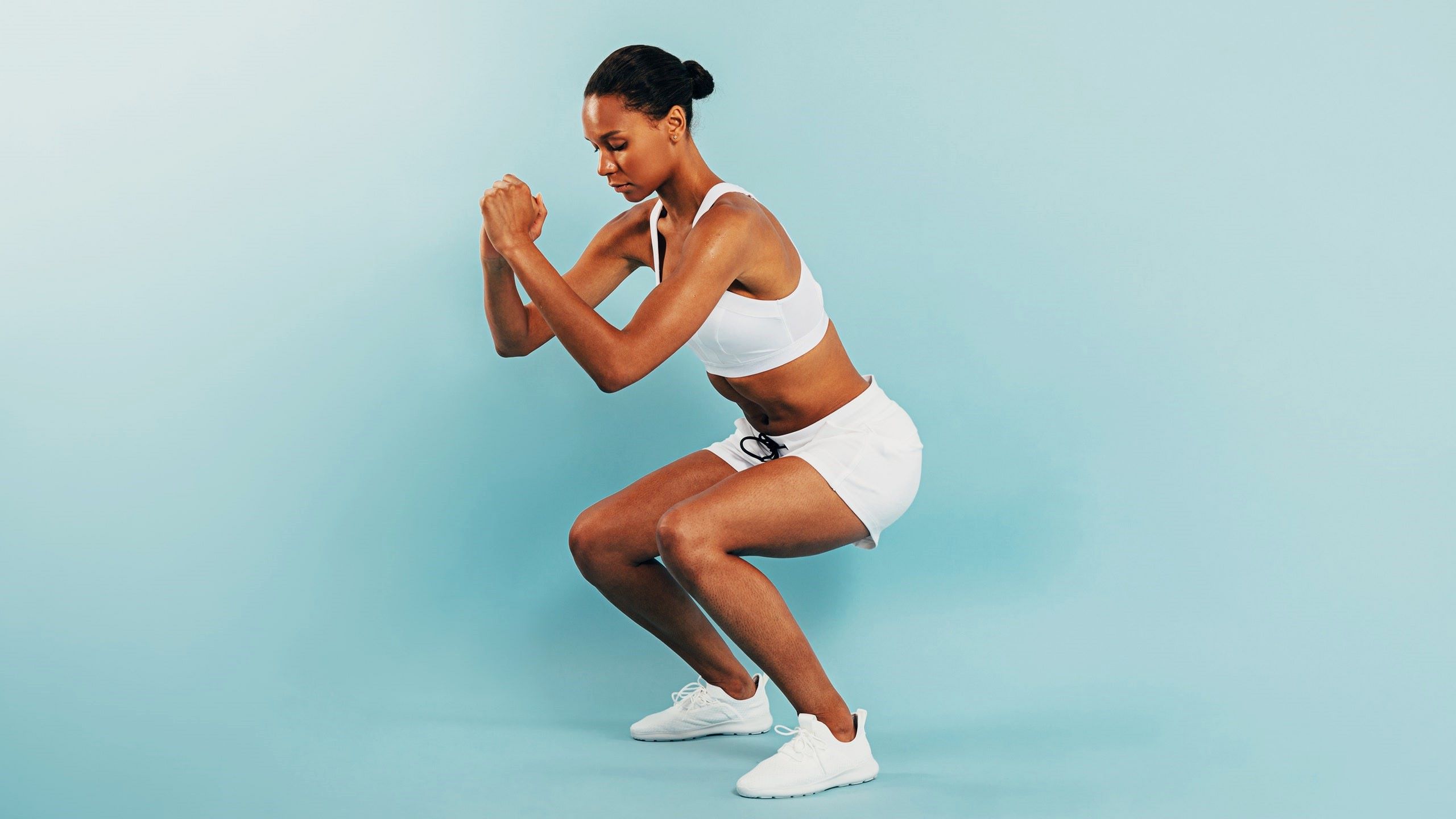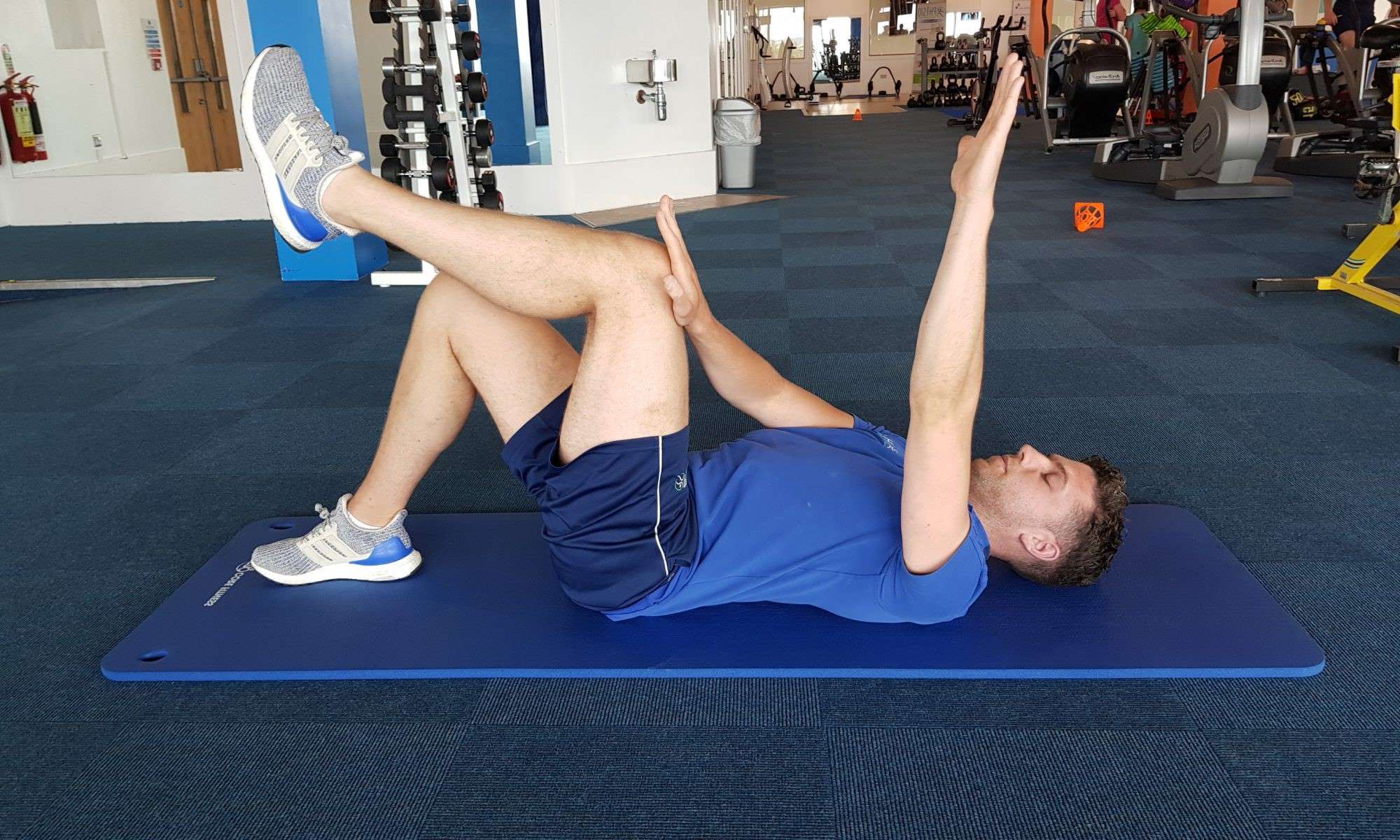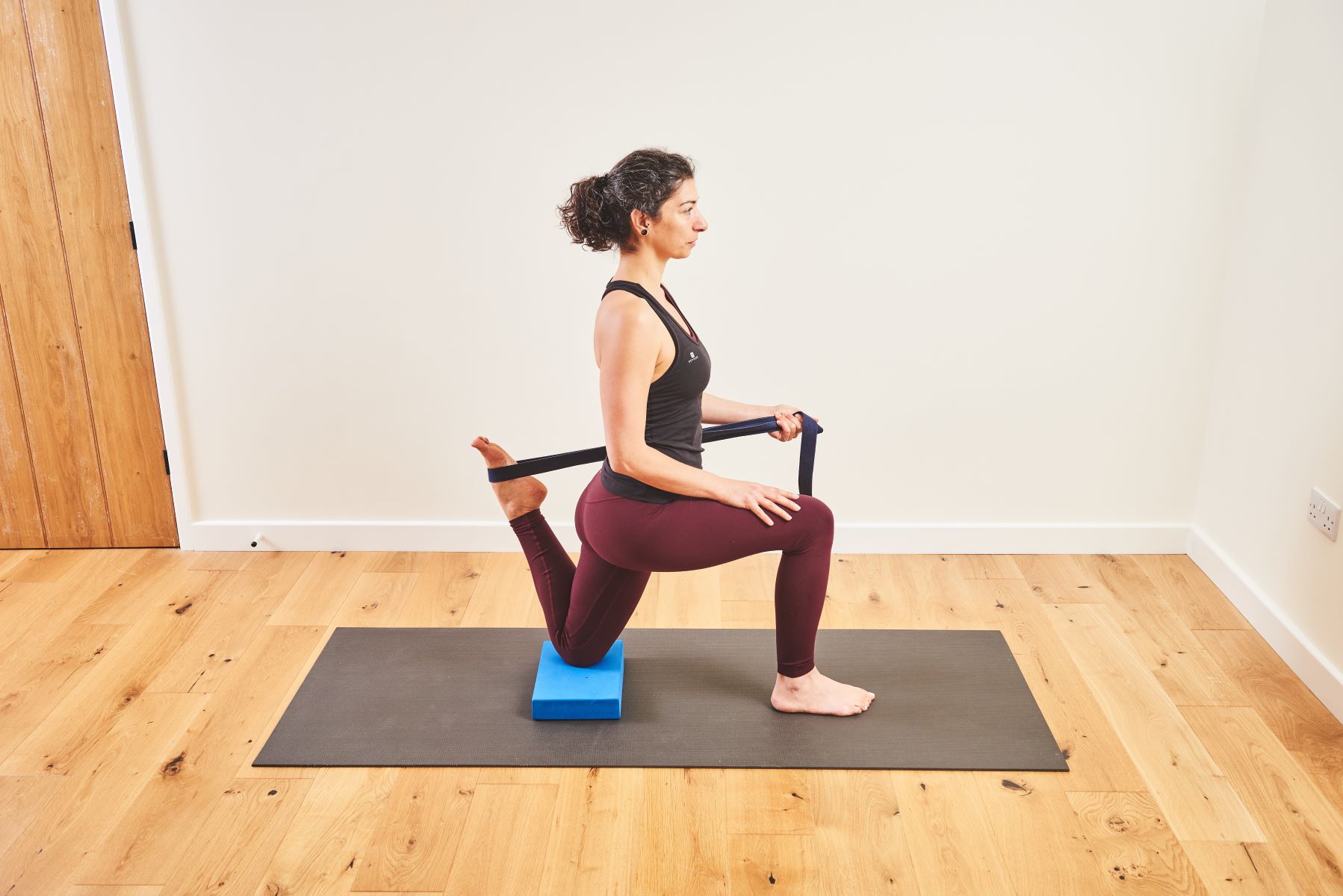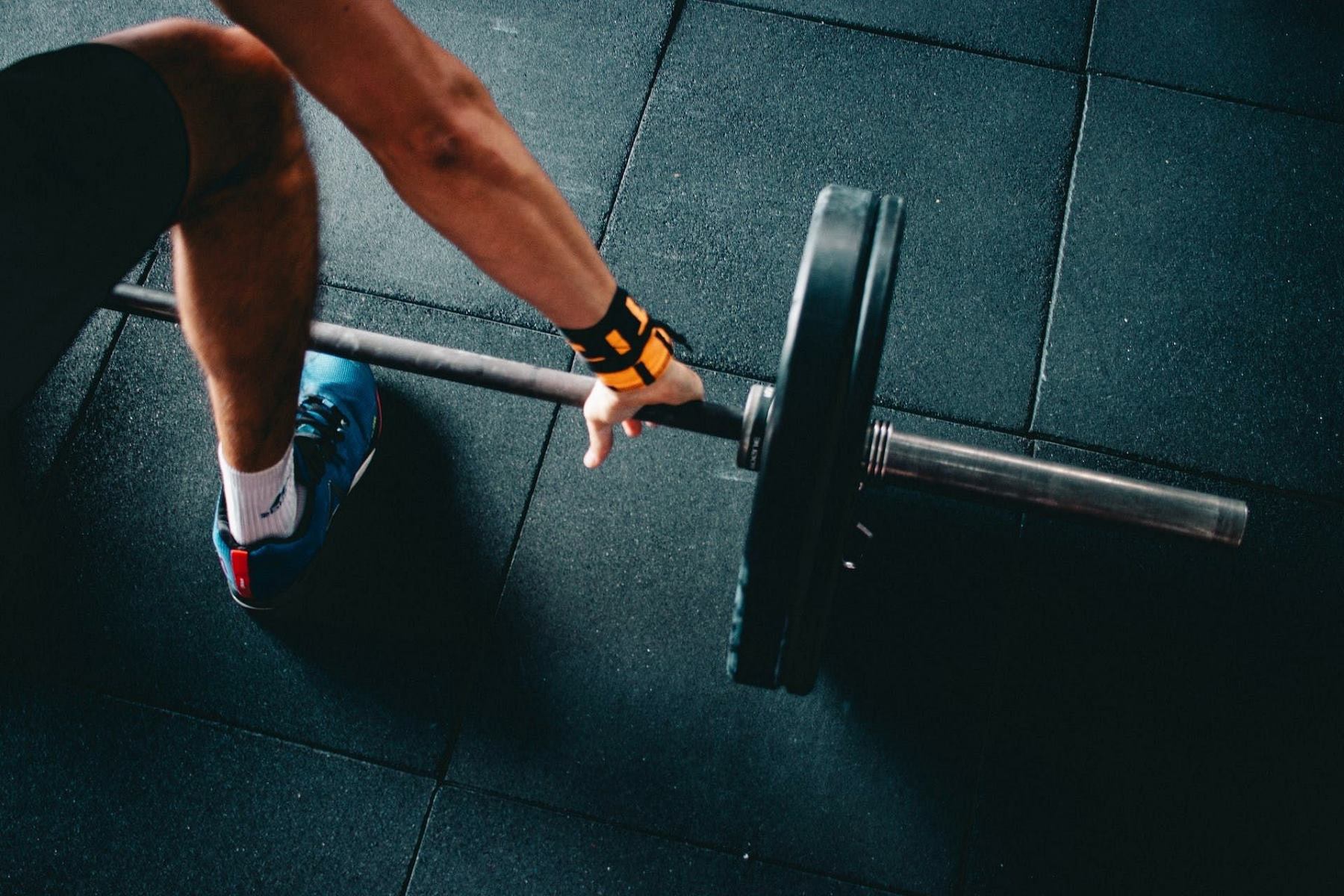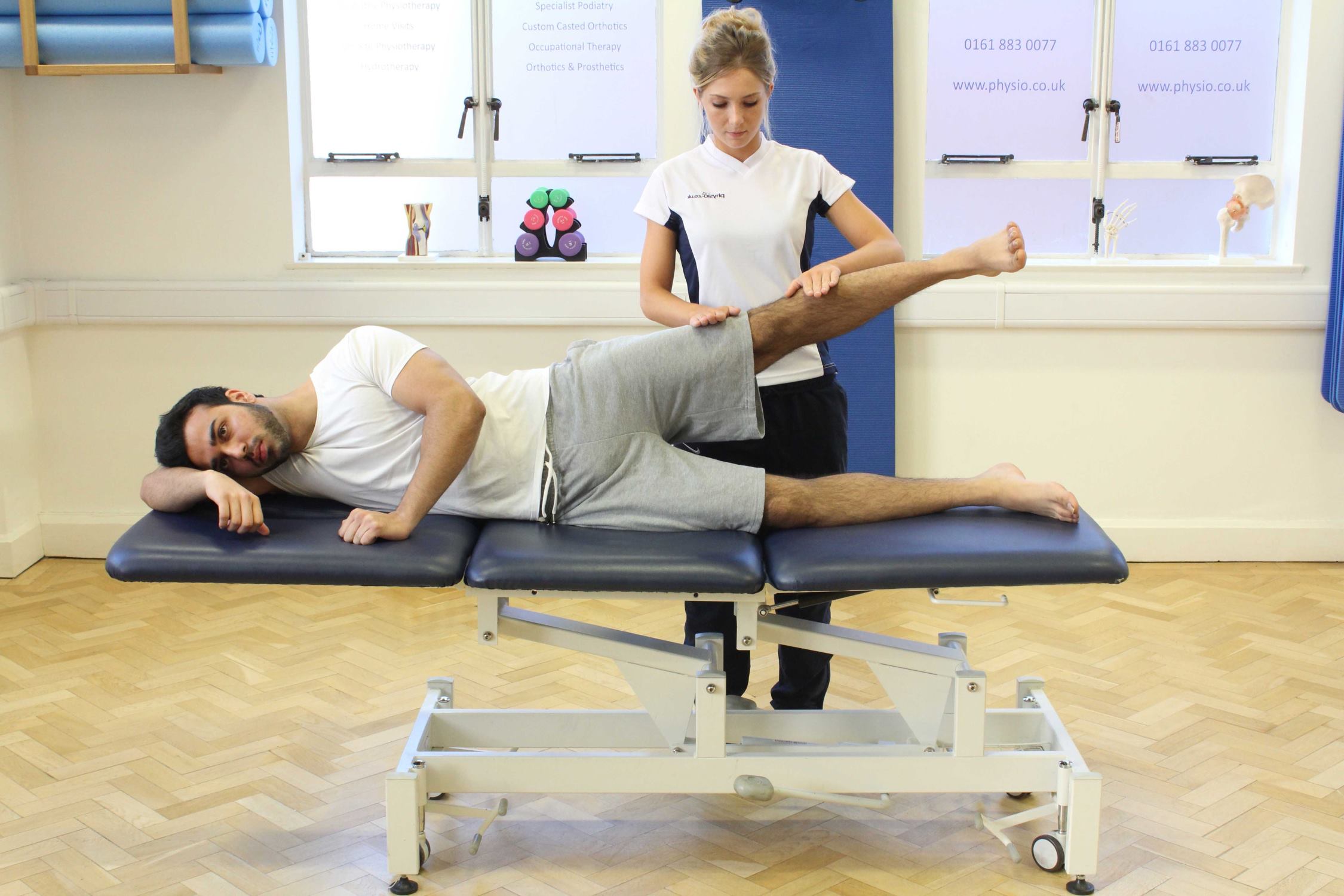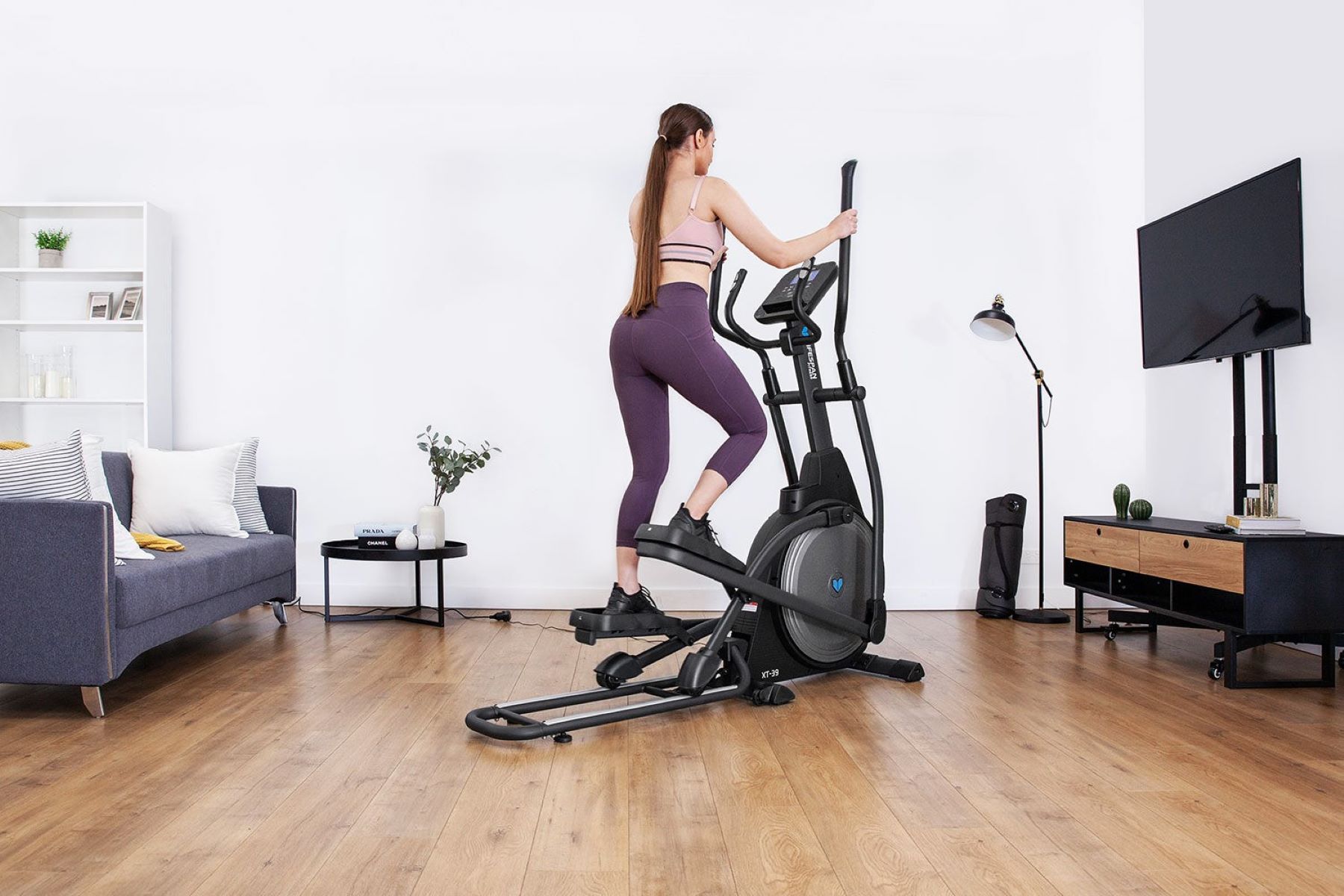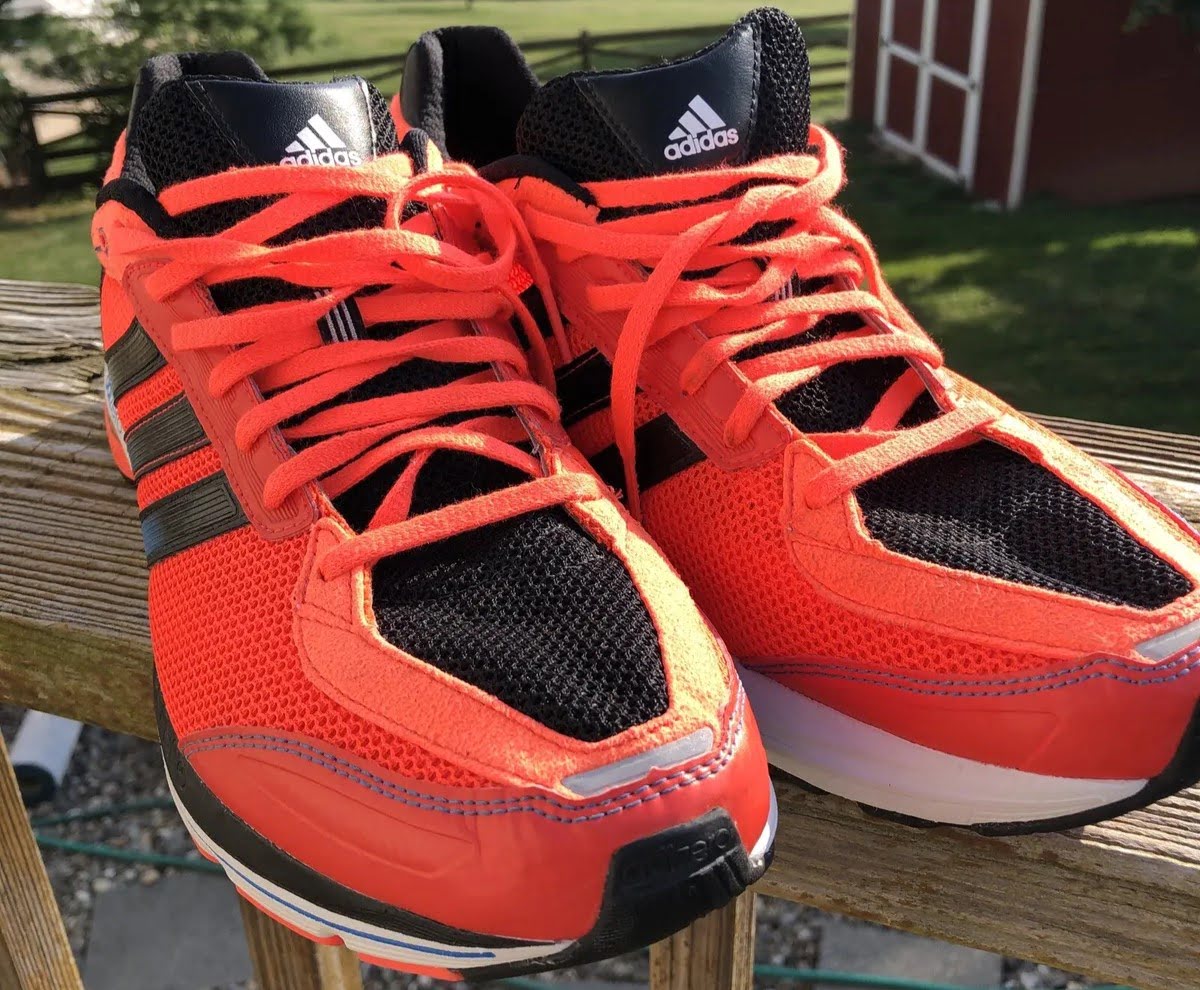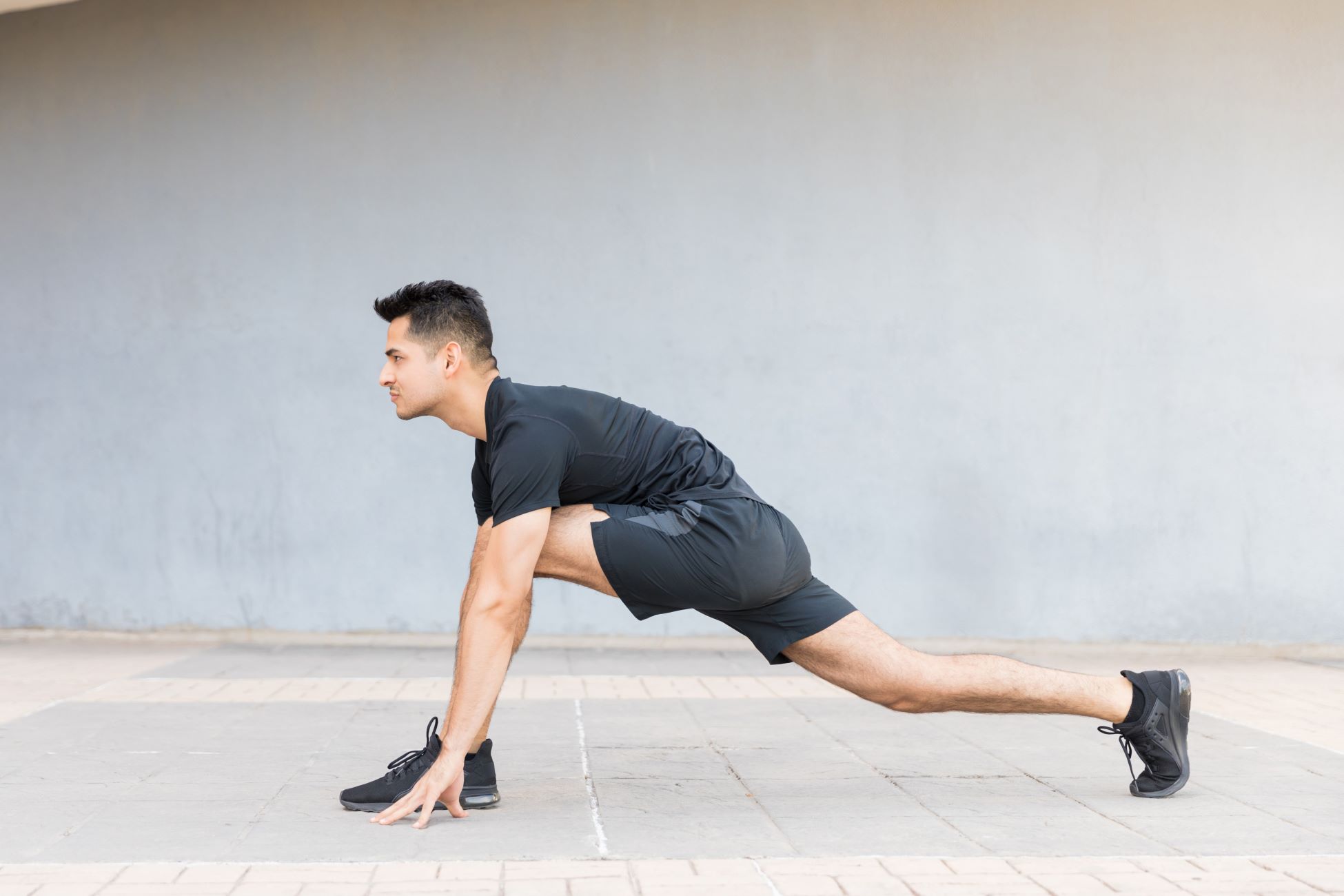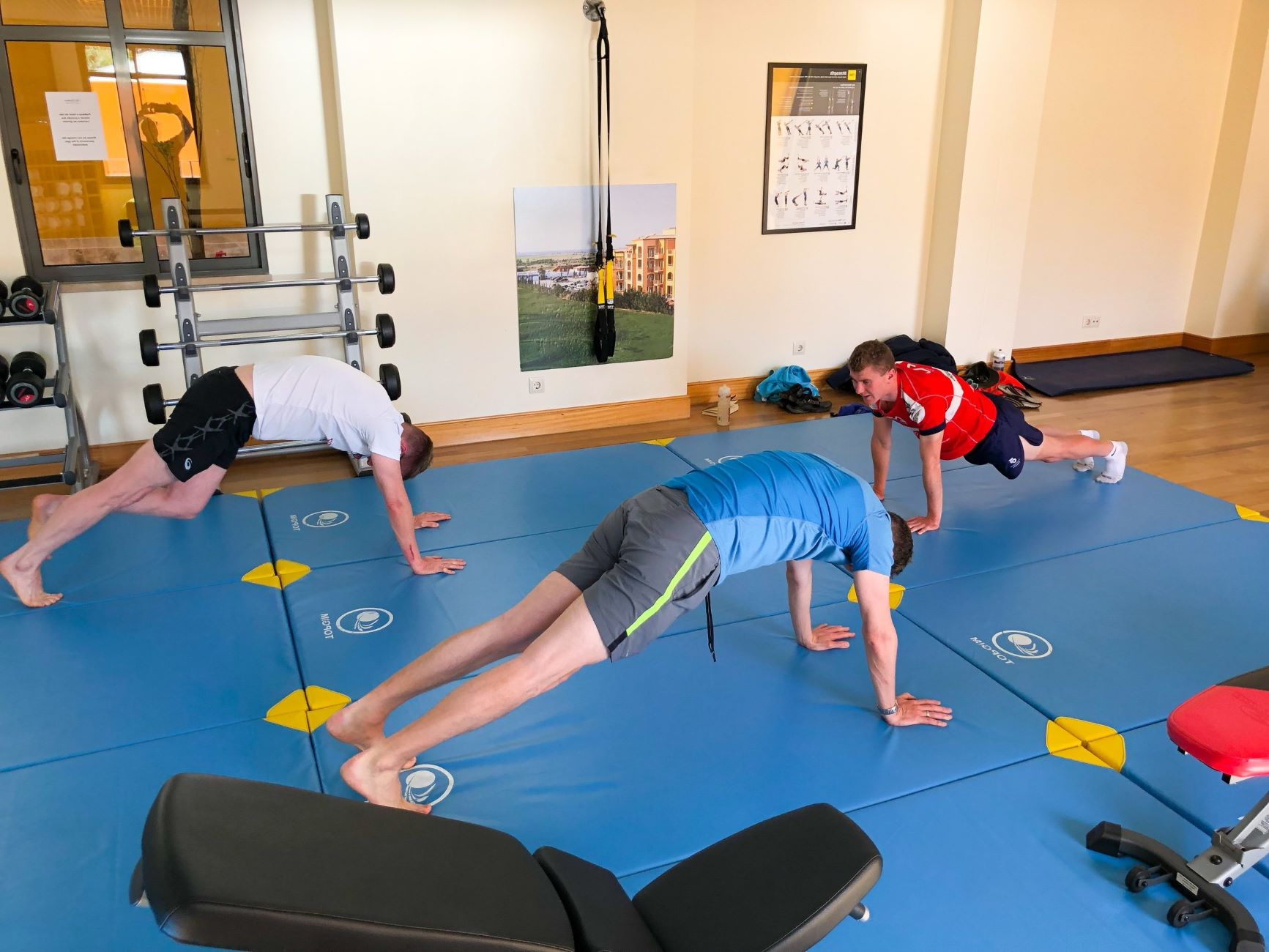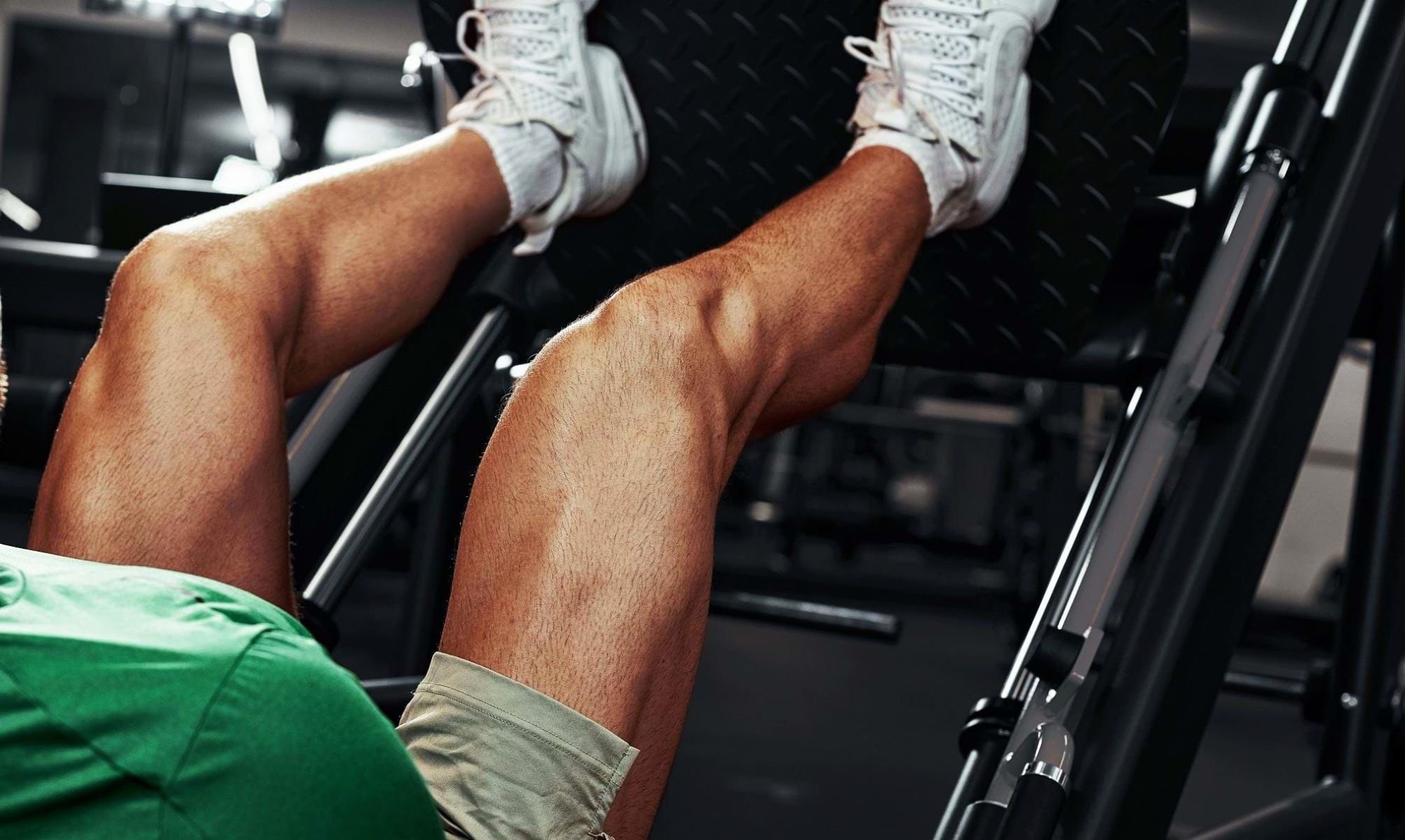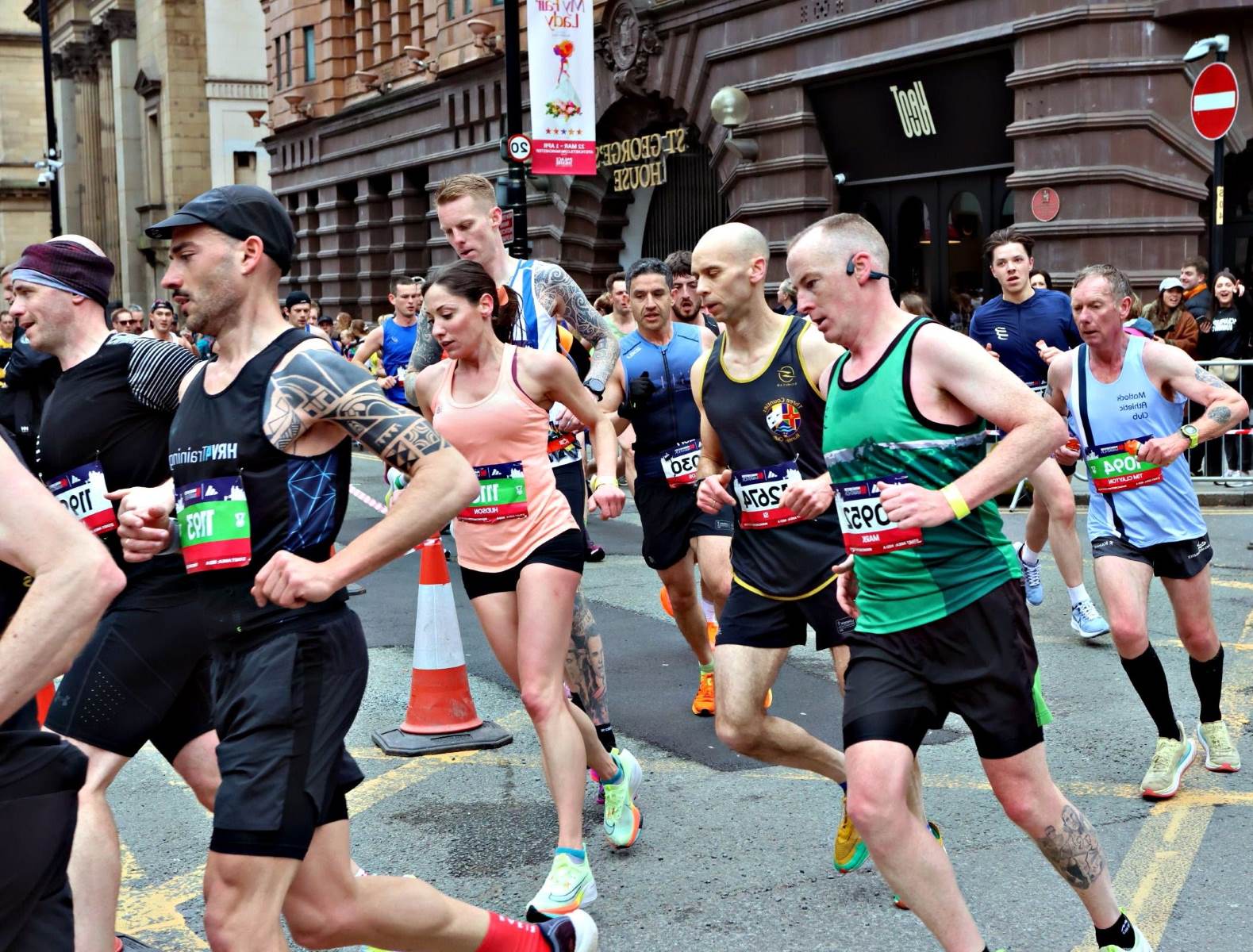Home>Health & Nutrition>Injury Prevention>3 Essential Hip Flexor Exercises For Runners
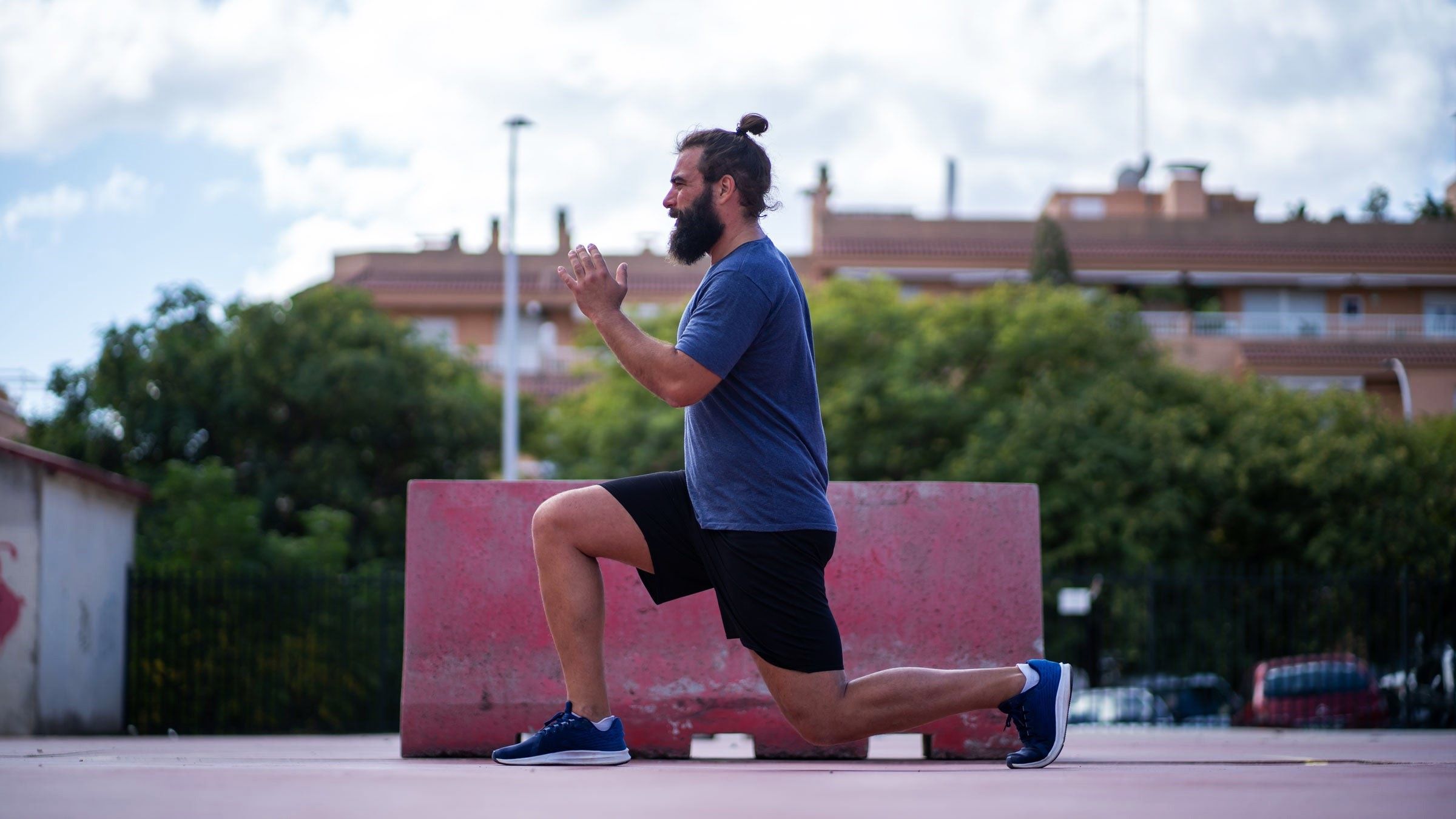

Injury Prevention
3 Essential Hip Flexor Exercises For Runners
Published: March 1, 2024
Discover 3 essential hip flexor exercises for runners to prevent injuries and improve performance. Strengthen your hip flexors and stay injury-free!
(Many of the links in this article redirect to a specific reviewed product. Your purchase of these products through affiliate links helps to generate commission for Therunningadvisor.com, at no extra cost. Learn more)
Table of Contents
Importance of Hip Flexor Strength for Runners
As a runner, you're no stranger to the exhilarating feeling of pounding the pavement, the rhythmic sound of your breath, and the steady beat of your heart. However, have you ever considered the pivotal role that your hip flexors play in your running performance? These muscles, located at the front of your hips, are crucial for maintaining proper running form, generating power, and preventing injuries.
When your hip flexors are weak or tight, it can lead to a myriad of issues that may hinder your running experience. Weak hip flexors can contribute to poor posture, decreased stride length, and reduced efficiency in your running gait. This can result in increased stress on other muscles and joints, potentially leading to discomfort and even injury.
Moreover, tight hip flexors can negatively impact your running mechanics, causing excessive strain on your lower back and hamstrings. This can impede your ability to achieve optimal running performance and may lead to discomfort or pain during and after your runs.
By incorporating targeted hip flexor exercises into your training regimen, you can enhance the strength, flexibility, and overall health of these crucial muscles. This, in turn, can improve your running efficiency, reduce the risk of injury, and contribute to a more enjoyable running experience.
Understanding the significance of hip flexor strength for runners underscores the importance of integrating specific exercises into your routine. By doing so, you can optimize your running performance, minimize the likelihood of discomfort or injury, and revel in the sheer joy of hitting the open road or trail with each stride.
Exercise 1: Standing Hip Flexor Stretch
The standing hip flexor stretch is a fundamental exercise that can effectively target and alleviate tightness in the hip flexor muscles. This stretch not only enhances flexibility but also promotes improved range of motion in the hips, which is essential for runners seeking to optimize their performance and prevent potential injuries.
To perform the standing hip flexor stretch, begin by assuming a standing position with your feet hip-width apart. Take a step back with your right foot, ensuring that your feet remain aligned with your hips. Engage your core muscles to stabilize your posture and maintain an upright position.
Next, gently lower your body by bending your left knee, while simultaneously allowing your right knee to descend toward the ground. As you lower your body, focus on maintaining a slight forward lean, which will intensify the stretch in the hip flexors of your right leg.
While executing the stretch, it is crucial to ensure that your pelvis remains in a neutral position, avoiding excessive arching of the lower back. This will help isolate the stretch in the hip flexor muscles, maximizing its effectiveness.
As you hold the stretch, aim to feel a gentle, yet noticeable, elongation in the front of your right hip. This sensation indicates that the hip flexor muscles are being adequately targeted and stretched. Hold this position for approximately 30 seconds, allowing the muscles to gradually release and relax.
After completing the stretch on one side, transition to the opposite leg to ensure symmetrical flexibility and mobility in both hip flexors. Remember to maintain steady, controlled breathing throughout the stretch, as deep, rhythmic breaths can facilitate muscle relaxation and enhance the overall effectiveness of the exercise.
Incorporating the standing hip flexor stretch into your pre-run warm-up routine or post-run cool-down regimen can significantly contribute to the health and functionality of your hip flexor muscles. By diligently practicing this stretch, you can mitigate tightness, improve hip mobility, and cultivate a strong foundation for your running endeavors.
By integrating the standing hip flexor stretch into your regular training routine, you can proactively address tightness in the hip flexor muscles, thereby promoting enhanced running performance and reducing the risk of discomfort or injury. This exercise serves as a valuable tool for runners striving to optimize their hip flexibility and function, ultimately empowering them to conquer their running goals with confidence and resilience.
Exercise 2: Lying Hip Flexor Stretch
The lying hip flexor stretch is a highly effective exercise for targeting and releasing tightness in the hip flexor muscles. This stretch is particularly beneficial for runners, as it helps alleviate tension in the front of the hips and promotes enhanced flexibility, crucial for maintaining optimal running mechanics and preventing potential injuries.
To perform the lying hip flexor stretch, begin by lying on your back on a comfortable surface, such as a yoga mat or carpeted floor. Ensure that your legs are extended and your arms are resting comfortably at your sides. Next, bend your knees, keeping your feet flat on the ground and positioned hip-width apart.
Once in position, lift your right leg and gently hug it towards your chest, using both hands to support the back of your thigh. As you draw your right knee closer to your chest, aim to maintain a relaxed and steady breathing pattern, which can aid in promoting muscle relaxation and enhancing the effectiveness of the stretch.
While holding your right knee close to your chest, gradually extend your left leg along the ground, ensuring that it remains in a relaxed and neutral position. This will help stabilize your lower body and facilitate a deeper stretch in the hip flexors of your right leg.
As you maintain the stretch, focus on experiencing a gentle yet noticeable elongation in the front of your right hip. This sensation indicates that the hip flexor muscles are being effectively targeted and stretched. Hold this position for approximately 30 seconds, allowing the muscles to gradually release and relax.
After completing the stretch on one side, transition to the opposite leg to ensure symmetrical flexibility and mobility in both hip flexors. Remember to approach the stretch with patience and mindfulness, avoiding any sudden or forceful movements that may lead to discomfort or strain.
Incorporating the lying hip flexor stretch into your regular stretching routine, whether as part of your pre-run warm-up or post-run cool-down, can significantly contribute to the health and functionality of your hip flexor muscles. By consistently practicing this stretch, you can alleviate tightness, enhance hip mobility, and establish a solid foundation for your running endeavors.
The lying hip flexor stretch serves as a valuable tool for runners seeking to optimize their hip flexibility and function, ultimately empowering them to pursue their running goals with confidence and resilience. By dedicating time and attention to this stretch, runners can proactively address tightness in the hip flexor muscles, thereby promoting enhanced running performance and reducing the risk of discomfort or injury.
Exercise 3: Hip Flexor Strengthening with Resistance Band
Hip flexor strengthening with a resistance band is a dynamic and effective exercise that targets the hip flexor muscles, promoting enhanced strength, stability, and functionality. This exercise is particularly valuable for runners, as it can contribute to improved running mechanics, reduced risk of injury, and enhanced overall performance.
To perform hip flexor strengthening with a resistance band, begin by securing one end of a resistance band to a sturdy anchor point, such as a pole or door frame, at a height that aligns with your waist. Next, fasten the other end of the resistance band around your right ankle, ensuring a secure and comfortable fit.
Assume a standing position facing away from the anchor point, with your feet positioned hip-width apart. Engage your core muscles to stabilize your posture and maintain an upright stance. The resistance band should be taut, providing moderate resistance as you prepare to execute the exercise.
With your right leg, initiate a controlled and deliberate movement, lifting your knee towards your chest while maintaining a neutral pelvis and stable torso. The resistance band will offer resistance against this movement, effectively engaging the hip flexor muscles as they work to lift the leg against the force of the band.
As you raise your knee, focus on maintaining a smooth and steady motion, avoiding any abrupt or jerky movements that may compromise form or stability. This controlled action not only targets the hip flexors but also engages the core and stabilizing muscles, promoting overall balance and coordination.
Once your knee reaches a comfortably elevated position, hold the contraction for a brief moment, emphasizing the engagement of the hip flexor muscles. This pause allows for a concentrated activation of the targeted muscles, contributing to their strengthening and development.
After the brief hold, gradually lower your right leg back to the starting position, maintaining controlled resistance against the pull of the band. Aim to execute the lowering phase with the same deliberate control and focus, maximizing the engagement of the hip flexor muscles throughout the entire range of motion.
Perform a set number of repetitions on the right leg before transitioning to the left leg, ensuring balanced and symmetrical strengthening of the hip flexor muscles. Throughout the exercise, prioritize smooth and controlled movements, maintaining steady breathing and a focused mindset to optimize the effectiveness of the resistance band workout.
Incorporating hip flexor strengthening with a resistance band into your regular training routine can significantly contribute to the strength, endurance, and functionality of the hip flexor muscles. By consistently practicing this exercise, runners can fortify their hip flexors, enhancing their ability to generate power, maintain proper running form, and mitigate the risk of discomfort or injury.
By dedicating attention to hip flexor strengthening with a resistance band, runners can proactively cultivate resilient and robust hip flexor muscles, ultimately empowering them to conquer their running goals with confidence and vigor. This exercise serves as a valuable tool for runners seeking to optimize their hip flexor strength, thereby promoting enhanced running performance and reducing the likelihood of discomfort or injury.


